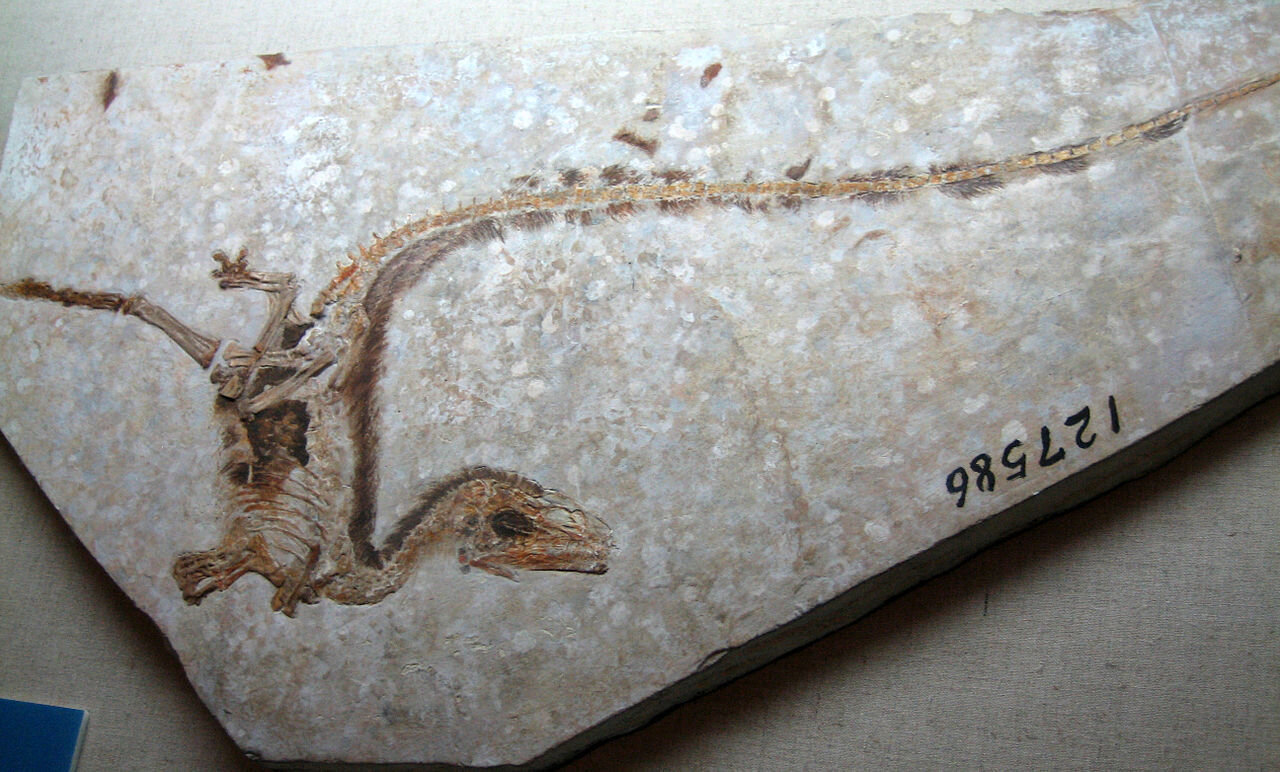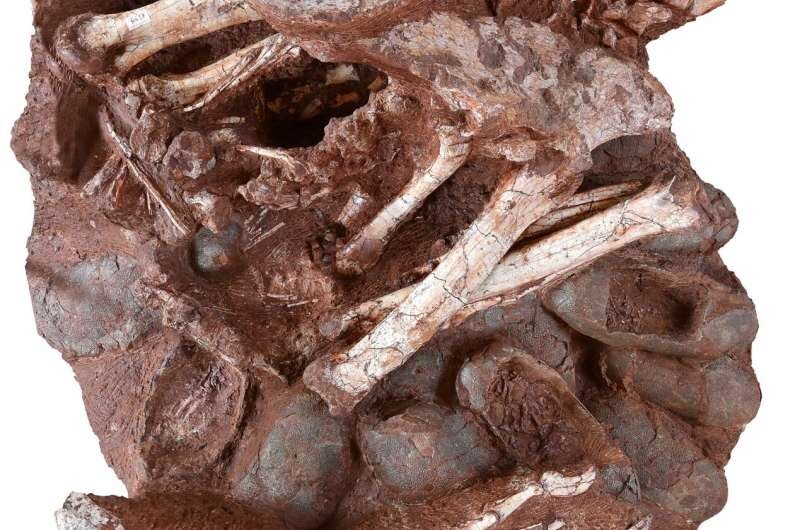An international team of paleontologists has unearthed the latest fossil in what could be described as a 4-decade-long conveyor belt of rarest-of-the-rare finds from China.
The discovery was one of an oviraptor almost certainly brooding upon, or incubating a clutch of two dozen of its eggs, all of which contained embryos, and 7 of which that may have been hours away from hatching.
All fossilized together — a still life from the Cretaceous period, one paleontologist described it as “fossilized behavior… the rarest of the rare in dinosaurs”.
“Though a few adult oviraptorids have been found on nests of their eggs before, no embryos have ever been found inside those eggs,” says paleontologist Matt Lamanna from the Carnegie Museum of Natural History.
Oviraptor was an ostrich-like theropod dinosaur that really looked more like a cassowary or an emu than a dinosaur. It was found in Ganzhou, South China, thousands of miles from Inner Mongolia, or Liaoning provinces, where many of China’s most famous paleontological discoveries have been made.

A family affair
The oviraptor is a part of a family of feathered dinosaurs, the most famous members of which were discovered in China’s far north — Liaoning Province. Here in 1990 the first-ever feathered dinosaur, sinosauropteryx, the one which confirmed American John Ostrom’s theory that dinosaurs evolved into birds, and in fact were not reptilian at all, was found in the hills Sihetun.
Ostrom, as reported by the Hartford Courant all the way back in 2001, couldn’t celebrate the news when sinosauropteryx was discovered, as depression, strokes, hearing loss, and a diaspora from mainstream paleontology had left his health too far gone to be able to celebrate the news, which he took more with anger than pride.
Since the unearthing of this species, other notables have been found including yutyrannus, a feathered dinosaur weighing 3,100 pounds that hunted like t-rex, and microraptor, a four-winged dinosaur that dwelt in trees, the first to ever be discovered with true-flight feathers.
Oviraptor had yet further bird-like characteristics than these early progenitors, and the remarkable condition of the new fossil sheds light on its reproductive strategies, and even its diet.

Eggs and gizzards
It was all but confirmed that the oviraptor was brooding due to several factors. The first was the proximity of its body to the eggs — a space so small as to prevent even sediment from creeping in, and the second was the oxygen isotopes of the bones and the embryos displaying a similar temperature.
“In the new specimen, the babies were almost ready to hatch, which tells us beyond a doubt that this oviraptorid had tended its nest for quite a long time,” explains Lamanna. “This dinosaur was a caring parent that ultimately gave its life while nurturing its young”.
One egg even contained a complete skeleton of the baby oviraptor — an unbelievable find in itself.
“[The] embryos in the clutch are at different developmental stages, suggesting the presence of asynchronous hatching—a derived feature even among crown-group birds—in non-avialan theropods,” write the discoverers of the dinosaur in their corresponding paper.
Simultaneous hatching is a strategy that involves the work of both the mother and father taking turns to ensure all eggs reach the same temperature. Non-simultaneous hatching is thought to have originated, as the authors describe, at a much later date, and from a different group of birds. The new fossil suggests this behavior was not a linear evolutionary development.
Yet more discoveries were made when small stones were discovered within the fossilized stomach of the oviraptor, suggesting it may have swallowed them to aid in digestion. Some modern birds have gizzards, an old organ that contains gravel into which go seeds and other ruffage to be broken down.
“It’s extraordinary to think how much biological information is captured in just this single fossil,” says paleontologist Xing Xu from the Institute of Vertebrate Paleontology and Paleoanthropology in Beijing. “We’re going to be learning from this specimen for many years to come”. WaL
PICTURED ABOVE: Artwork of oviraptor dinosaur brooding on a nest of blue-green eggs. Photo credit: Zhao Chuang PNSO. Published.
If you think the stories you’ve just read were worth a few dollars, consider donating here to our modest $500-a-year administration costs.
Continue exploring this topic — Stonehenge Was Likely Built From Other Cannibalized Stone Circles in Wales




These are very old science discoveries.
New research and discoveries are far more interesting.
Alot is happening in paleontology.
Network with professionals and find out what going on many will share interesting projects.